Data science can be applied across various industries to solve a wide range of problems, improve decision-making, and drive business value. Here are some of the best use cases of data science for customers across different sectors:
Retail and E-commerce
- Personalized Marketing: Use customer data to create personalized marketing campaigns, recommend products, and increase sales through targeted advertisements.
- Inventory Management: Predict demand and optimize inventory levels to reduce stockouts and overstock situations, ensuring efficient supply chain management.
- Customer Segmentation: Analyze customer behavior to segment them into different groups and tailor marketing strategies to each segment.
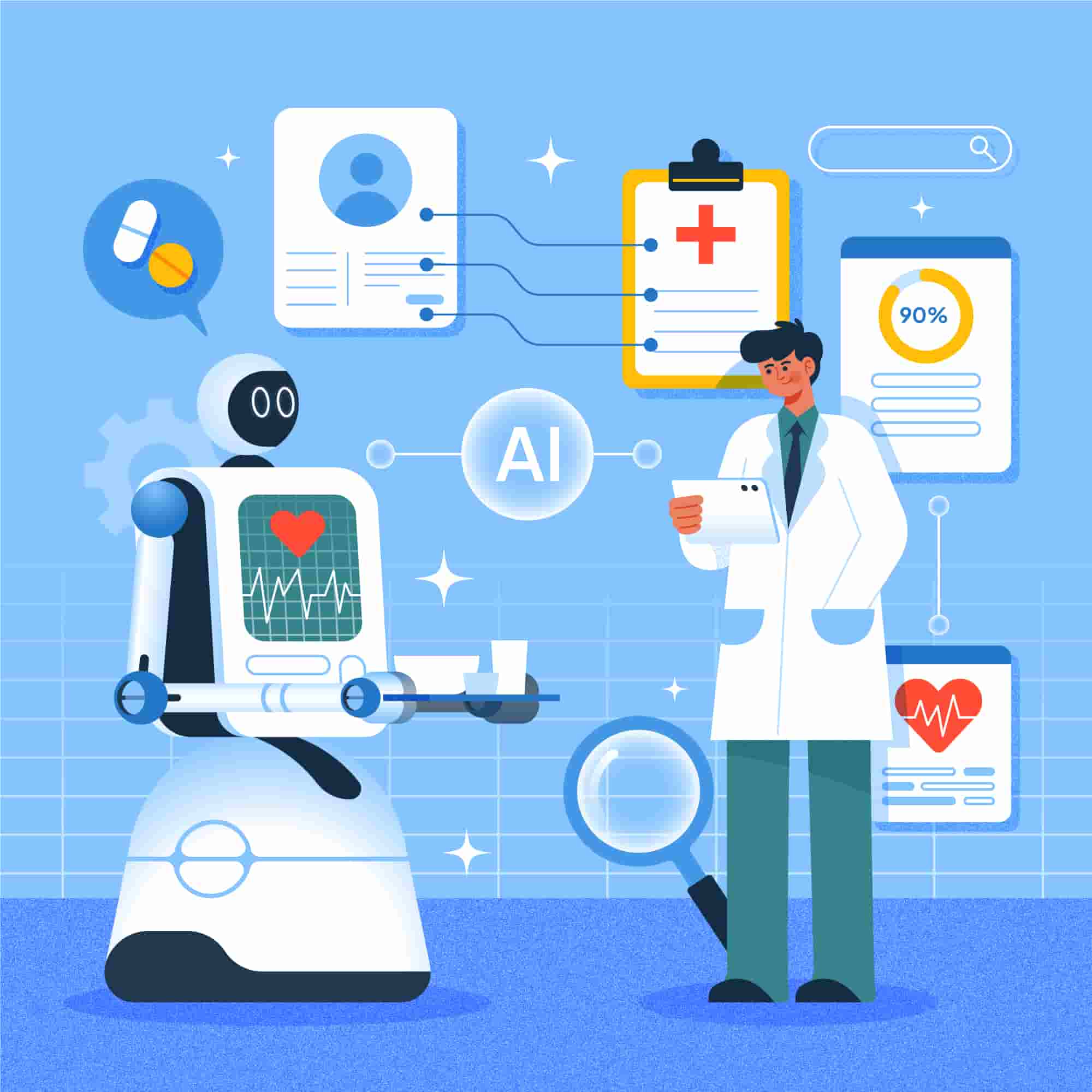
Healthcare
- Predictive Analytics: Predict patient outcomes, such as readmission rates or disease progression, to improve treatment plans and patient care.
- Medical Image Analysis: Use machine learning to analyze medical images (e.g., X-rays, MRIs) for faster and more accurate diagnosis.
- Personalized Medicine: Analyze genetic data to develop personalized treatment plans tailored to individual patients' needs.
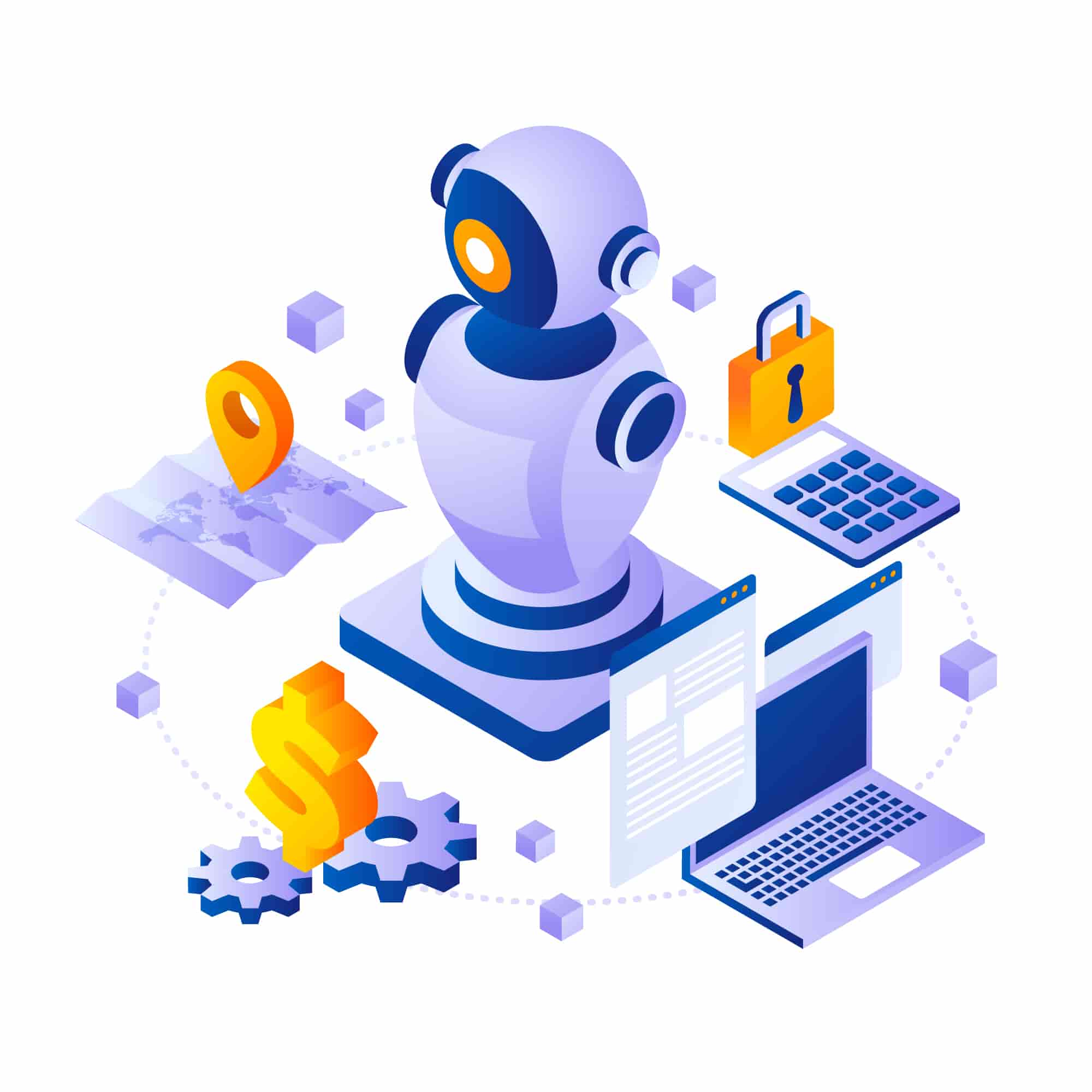
Finance and Banking
- Fraud Detection: Use machine learning algorithms to detect fraudulent transactions in real-time and prevent financial losses.
- Credit Scoring: Develop predictive models to assess the creditworthiness of loan applicants, reducing the risk of defaults.
- Customer Lifetime Value (CLV): Predict the future value of customers to prioritize high-value clients and optimize marketing spend.

Manufacturing
- Predictive Maintenance: Use sensor data and machine learning to predict equipment failures before they occur, reducing downtime and maintenance costs.
- Quality Control: Implement computer vision and machine learning to detect defects in products during the manufacturing process.
- Supply Chain Optimization: Analyze supply chain data to optimize logistics, reduce costs, and improve delivery times.
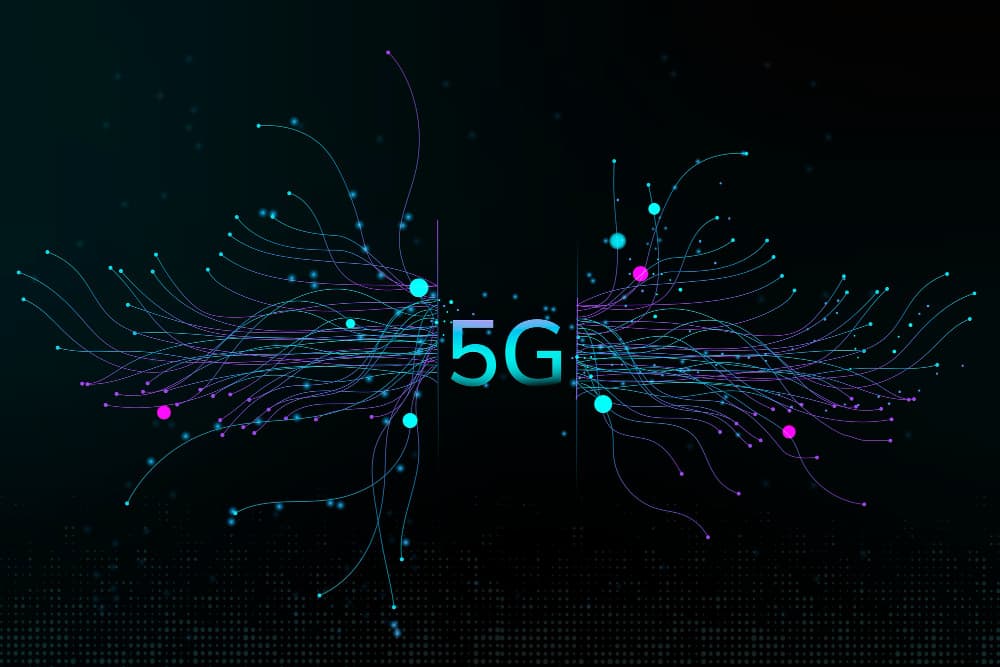
Telecommunications
- Churn Prediction: Predict which customers are likely to leave and develop strategies to retain them, reducing churn rates.
- Network Optimization: Analyze network usage data to optimize performance, reduce congestion, and improve user experience.
- Customer Support: Implement chatbots and natural language processing (NLP) to provide efficient customer support and resolve issues quickly.
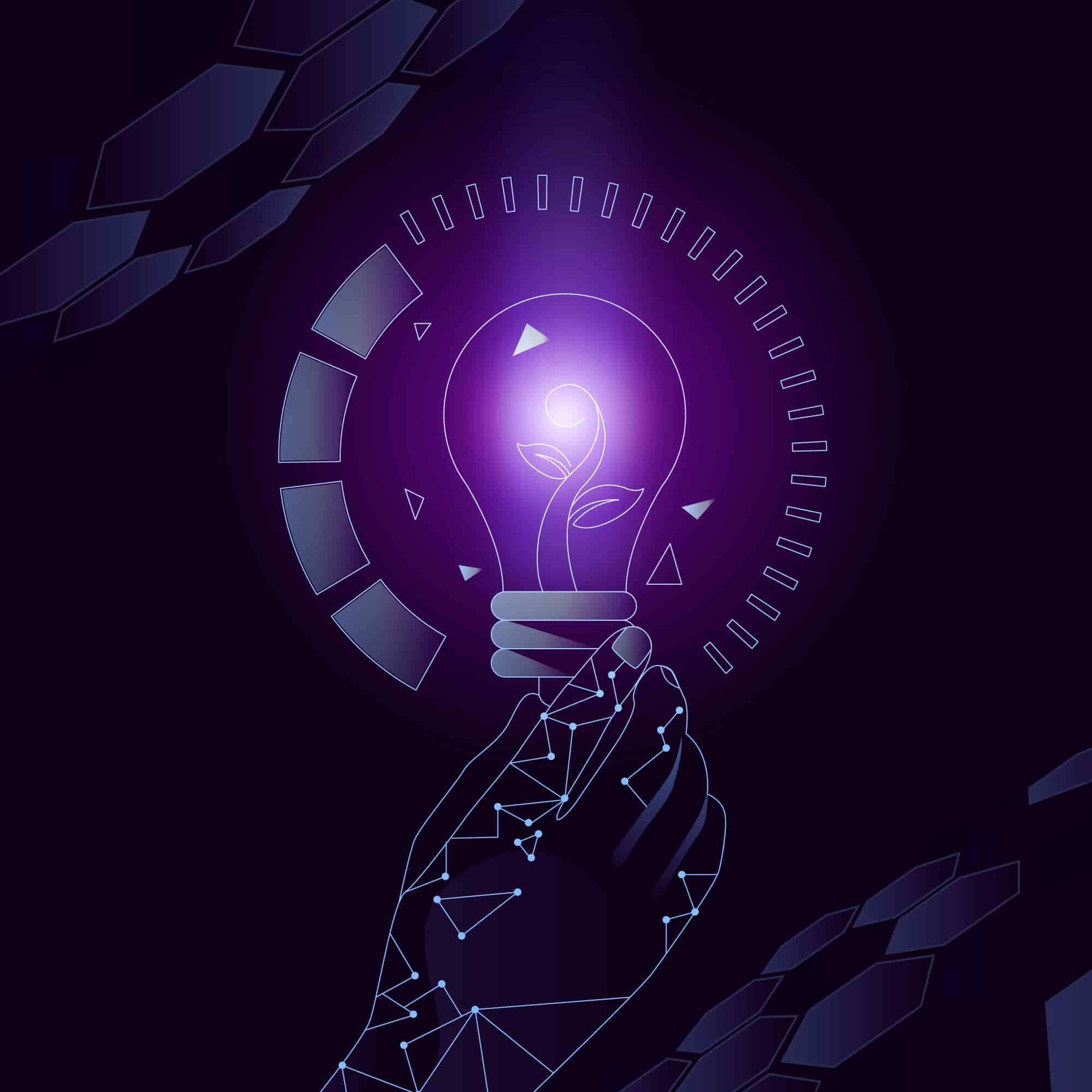
Energy and Utilities
- Smart Grid Management: Use data from smart meters to optimize energy distribution, reduce outages, and improve grid reliability.
- Demand Forecasting: Predict energy consumption patterns to optimize production and reduce waste.
- Predictive Maintenance: Monitor equipment health and predict failures to reduce maintenance costs and improve reliability.

Transportation and Logistics
- Route Optimization: Use data analytics to optimize delivery routes, reduce fuel consumption, and improve delivery times.
- Fleet Management: Monitor and manage fleet performance to reduce operational costs and improve efficiency.
- Predictive Analytics: Predict maintenance needs and optimize scheduling to reduce downtime and extend the life of vehicles.
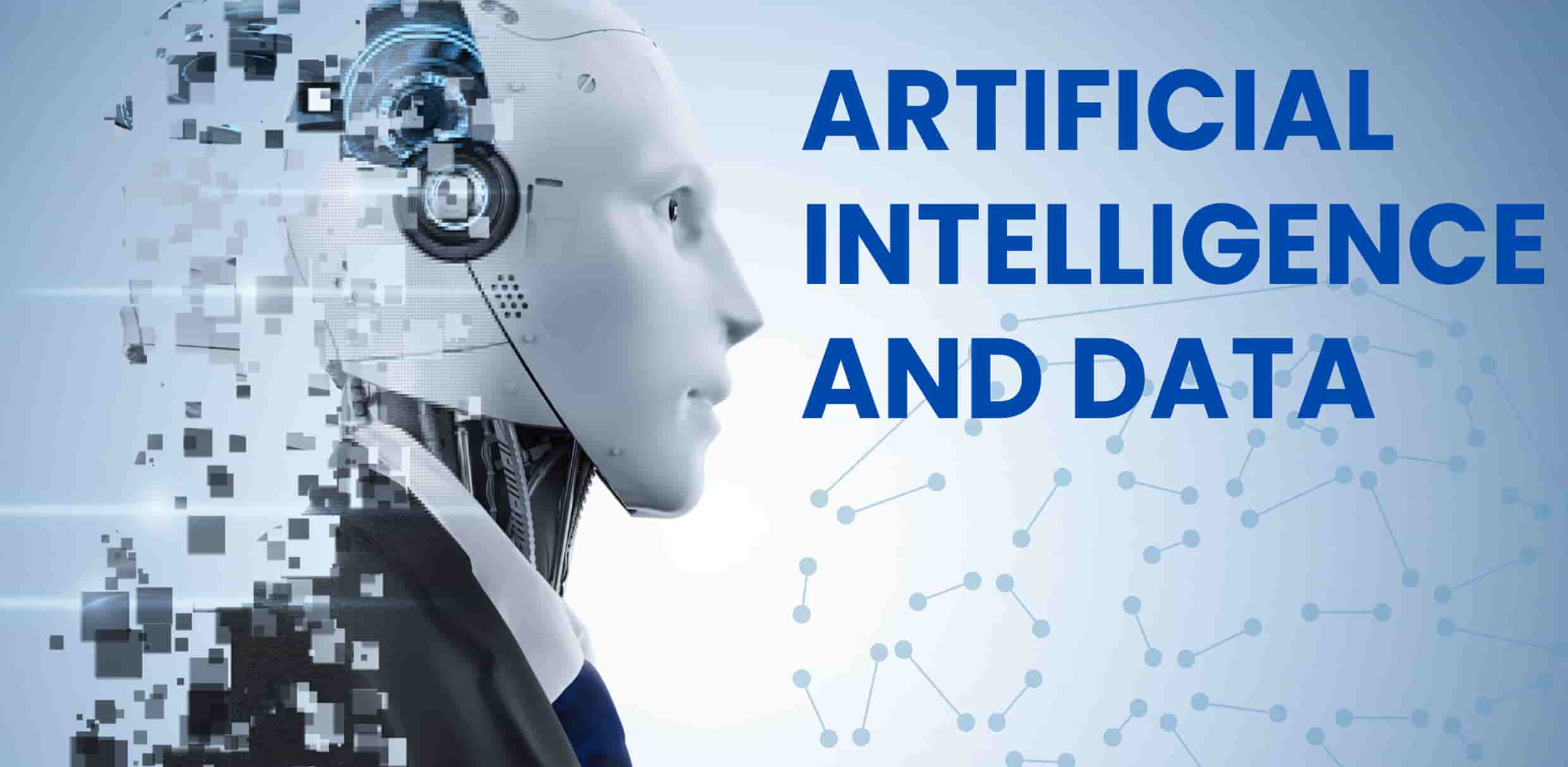
Entertainment and Media
- Content Recommendation: Use data science to analyze user preferences and recommend personalized content, improving user engagement and satisfaction.
- Audience Segmentation: Segment audiences based on behavior and preferences to tailor content and marketing strategies.
- Sentiment Analysis: Analyze social media and other online data to gauge public sentiment about content, brands, or event